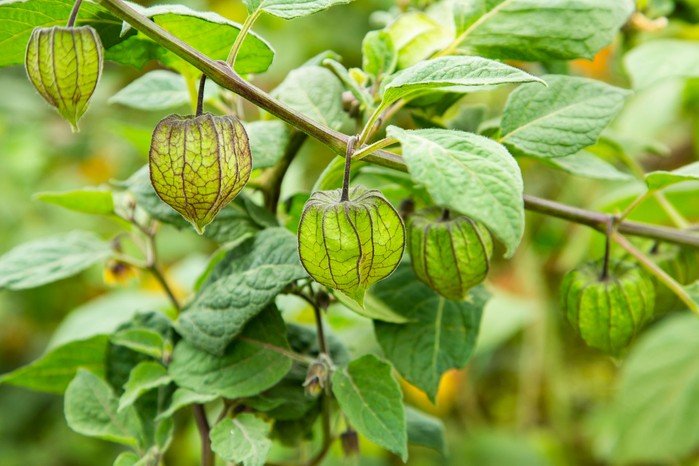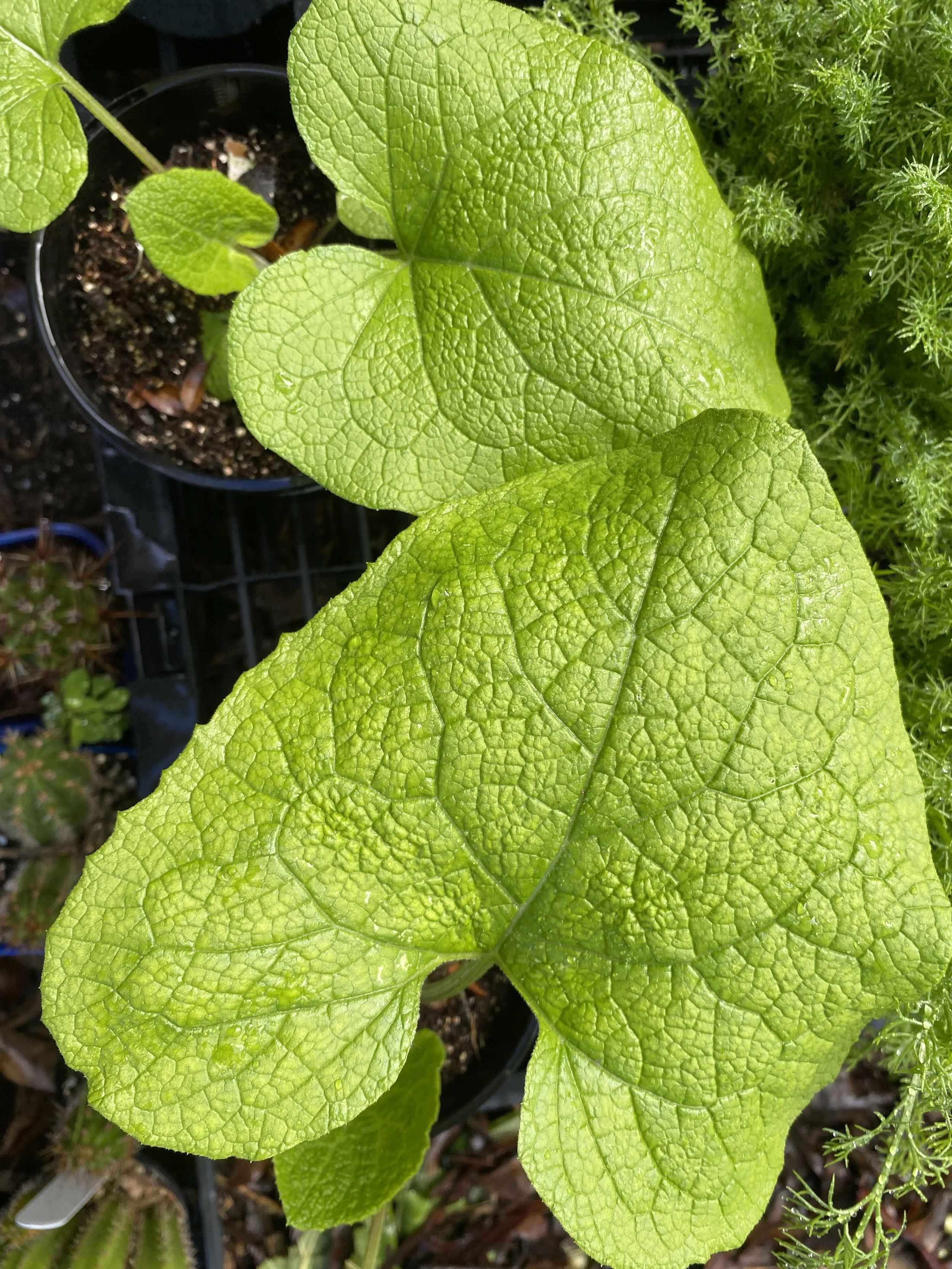Cape Gooseberry Plant
“Physalis peruviana”
PLANT AVAILABILITY: Late Spring to Early Autumn
POT SIZE: 2 L
BENEFITS
Cape Gooseberries are extremely high in antioxidants and may be able to help prevent and even repair cell damage! Like many orange fruits and vegetables, cape gooseberries contain substances called carotenoids, including lutein and beta-carotene, which can help to promote healthy eyesight. Cape gooseberries are a good source of vitamin C, which can help boost your immunity and is also good for your skin. Cape gooseberries are also rich in fibre, which helps prevent constipation. It also calms the gastro-intestinal tract.
GROWING CONDITIONS
Season: All Year Round - Perennial
Soil: Rich and Well Draining
Watering: Water Regularly,
Position: Full Sun, Frost Tender
Fertilising: Compost, Manure, Liquid feed
Use: Produces sweet, juicy golden yellow fruit that is encased in a papery lantern like calyx. Fruit grows to around 3cm in diameter and can be eaten fresh or used in jams, desserts, pies, cakes and salads.
Growing tips: Needs a lot of room to spread. Keep well watered. Plant is most productive in the first 2 years.
Companion Plants: Tulsi, Spring Onion, Rosemary
“Physalis peruviana”
PLANT AVAILABILITY: Late Spring to Early Autumn
POT SIZE: 2 L
BENEFITS
Cape Gooseberries are extremely high in antioxidants and may be able to help prevent and even repair cell damage! Like many orange fruits and vegetables, cape gooseberries contain substances called carotenoids, including lutein and beta-carotene, which can help to promote healthy eyesight. Cape gooseberries are a good source of vitamin C, which can help boost your immunity and is also good for your skin. Cape gooseberries are also rich in fibre, which helps prevent constipation. It also calms the gastro-intestinal tract.
GROWING CONDITIONS
Season: All Year Round - Perennial
Soil: Rich and Well Draining
Watering: Water Regularly,
Position: Full Sun, Frost Tender
Fertilising: Compost, Manure, Liquid feed
Use: Produces sweet, juicy golden yellow fruit that is encased in a papery lantern like calyx. Fruit grows to around 3cm in diameter and can be eaten fresh or used in jams, desserts, pies, cakes and salads.
Growing tips: Needs a lot of room to spread. Keep well watered. Plant is most productive in the first 2 years.
Companion Plants: Tulsi, Spring Onion, Rosemary
“Physalis peruviana”
PLANT AVAILABILITY: Late Spring to Early Autumn
POT SIZE: 2 L
BENEFITS
Cape Gooseberries are extremely high in antioxidants and may be able to help prevent and even repair cell damage! Like many orange fruits and vegetables, cape gooseberries contain substances called carotenoids, including lutein and beta-carotene, which can help to promote healthy eyesight. Cape gooseberries are a good source of vitamin C, which can help boost your immunity and is also good for your skin. Cape gooseberries are also rich in fibre, which helps prevent constipation. It also calms the gastro-intestinal tract.
GROWING CONDITIONS
Season: All Year Round - Perennial
Soil: Rich and Well Draining
Watering: Water Regularly,
Position: Full Sun, Frost Tender
Fertilising: Compost, Manure, Liquid feed
Use: Produces sweet, juicy golden yellow fruit that is encased in a papery lantern like calyx. Fruit grows to around 3cm in diameter and can be eaten fresh or used in jams, desserts, pies, cakes and salads.
Growing tips: Needs a lot of room to spread. Keep well watered. Plant is most productive in the first 2 years.
Companion Plants: Tulsi, Spring Onion, Rosemary











